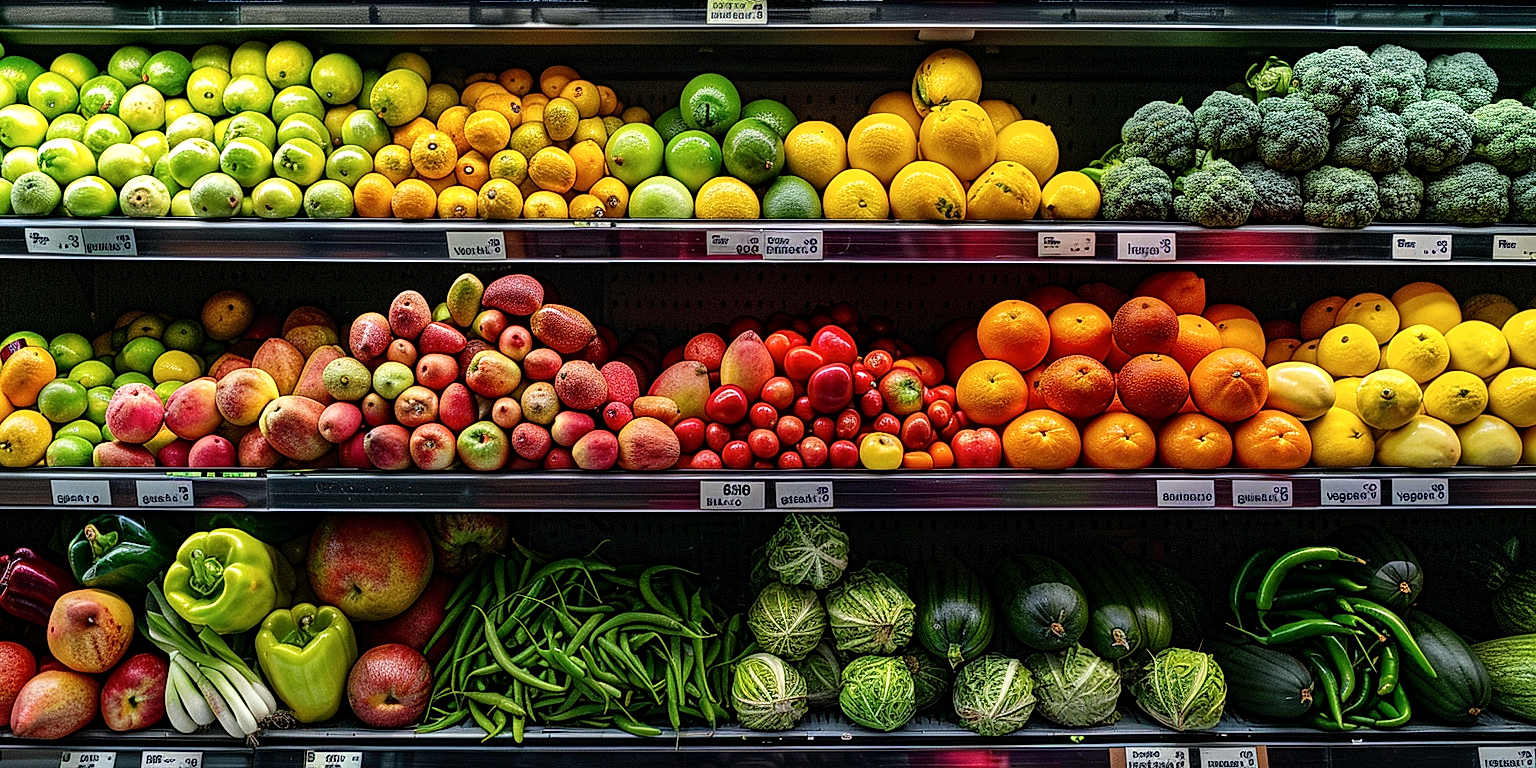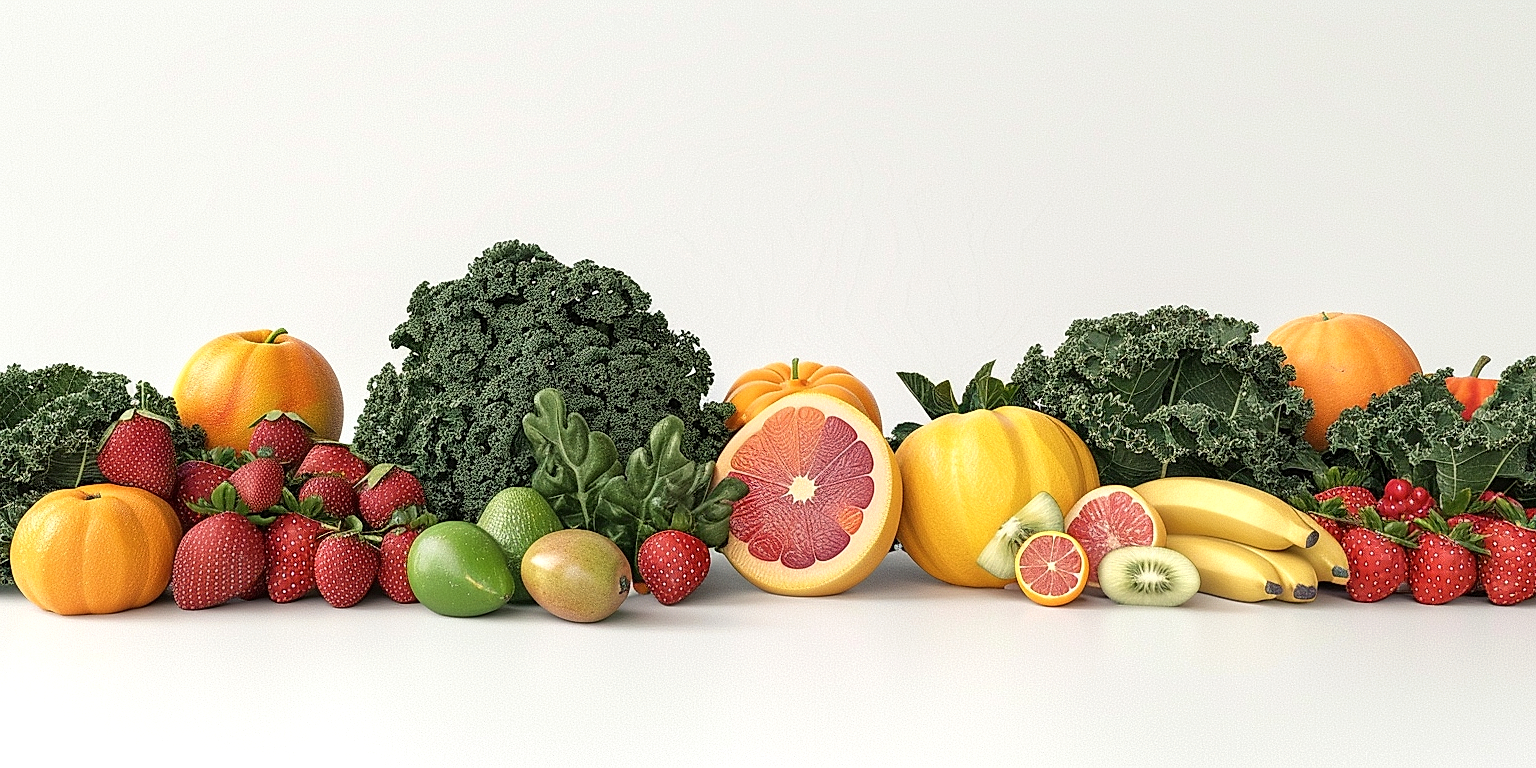Understanding consumer demands in produce retail is a vital aspect of successful business operations.
Seasonal fluctuations can significantly impact supply and demand, making accurate forecasting crucial.
The goal of this post is to provide you with practical, actionable techniques to enhance your prediction capabilities.
We will clarify both qualitative and quantitative forecasting methodologies.
Moreover, we will delve into the importance of historical data, external factors, and current market trends.
This knowledge can help retailers tailor their inventories and logistics, ensuring maximum profitability.
Contents
Techniques For Forecasting Seasonal Demand In Produce Retail
1. Analyzing Historical Sales Data Patterns
The first step in forecasting seasonal demand in the context of produce retail involves careful and rigorous analysis of historical sales data patterns.
This begins with gathering substantial amounts of sales data corresponding to various seasons, preferably over several years.
Data collection is a crucial initial step in this process, as it lays the groundwork for further analysis and trend-spotting.
After obtaining the data, it must be cleaned and organized, removing any outliers or anomalies that may skew the analysis.
A key part of this analytical process involves identifying correlations between seasonal variations and corresponding fluctuations in sales.
Delving into past sales data can reveal pivotal information about customer buying behavior, seasonality trends, and potential growth opportunities for specific produce items.
The next step requires careful examination of these connections, seeking to identify patterns and trends in customer buying behavior.
This could involve a closer look at produce items with high sales volume during certain seasons, or produce items that tend to be unpopular during others.
Understanding these patterns can provide invaluable information about which produce items to stock, in what quantities, and at what times of the year.
For instance, the retailer may notice that certain fruits like strawberries and peaches sell extremely well during the summer months.
On the other hand, they might observe that root vegetables like carrots and parsnips see a significant uptick in sales during the winter season.
By leveraging this information properly, the retailer can make accurate predictions regarding future sales and optimize their inventory accordingly while reducing potential waste or loss.
However, the analysis of historical sales data is not a one-time exercise; it should be conducted regularly to maintain its effectiveness and reliability.
As consumer preferences and market trends change, so should the retailer’s approach to forecasting and stock management.
This continual analysis of sales data, coupled with timely adaptations to discovered trends, is what makes seasonal demand forecasting a powerful tool for any produce retailer.
2. Utilizing Machine Learning Prediction Models
One of the techniques for forecasting seasonal demand in produce retail is utilizing machine learning prediction models.
This involves applying complex algorithms that can analyze past sales data and predict future trends with high accuracy.
Machine learning models help retailers to anticipate the types and quantity of produce that will be in demand in different seasons.
These models take into account various factors such as historical sales data, seasonal factors, promotional activities, and external variables like weather.
By acquiring insights from this consolidated data, retailers can make accurate seasonal demand forecasts.
Machine learning models are particularly powerful because they have the capacity to learn from the data they are given.
This means that as they are fed more data and as market circumstances change, these models can self-improve, enhancing the accuracy of their predictions.
There are several types of machine learning models that can be applied for this purpose such as regression models, decision trees, and neural networks.
Each type has different strengths and weaknesses and the selection of an appropriate model largely depends on the nature of the data and the specific requirements of the retailer.
For example, regression models are ideal for predicting a continuous outcome like sales figures, whilst decision trees are best suited for predicting categorical outcomes such as whether a product will be in demand or not.
Moreover, these prediction models can be tuned and optimized for maximum accuracy by tweaking parameters, incorporating additional data, or by combining multiple models.
It is also vital to evaluate the performance of the model regularly using suitable evaluation metrics to ensure that the predictions remain reliable and valid.
By utilizing machine learning prediction models, retailers can avoid the costs associated with overstocking and understocking, optimize their supply chain, enhance customer satisfaction, and ultimately, boost their bottom-line results.
These models might appear complex initially, but with the right expertise and support, they can be an invaluable tool for seasonal demand forecasting in the produce retail industry.
Beyond their predictive capabilities, these models can provide a wealth of insights into customer behaviour, pricing strategies, and market trends, offering a powerful competitive advantage to the retailers.
Therefore, the utilization of machine learning models for seasonal demand forecasting is not just a trend; it’s a growing necessity in today’s data-driven produce retail industry.
3. Applying time-series analysis methods
Time-series analysis method is a statistical technique that deals with sequential data points indexed in time order, and it plays a significant role in forecasting seasonal demand in produce retail.
The key principle behind the time series analysis is that past behavior of a variable or set of variables is a good indicator of its future behavior.
For instance, if grocery store sales have always peaked during Thanksgiving, then a time series analysis would likely predict a similar pattern in the future.
Therefore, it is a critical tool for retailers looking to understand and predict fluctuations in demand.
In produce retail, the freshness of goods and short shelf-life make precise demand forecasting particularly crucial to prevent waste and loss.
Time-series analysis in this context would involve scrutinizing previous sales data in relation to the time of year and identifying patterns or trends.
Various types of trends can be identified, ranging from linear (straight-line) trends, exponential trends, or even cyclical trends.
On top of trends, this analysis also looks at seasonality, which refers to predictable and recurring fluctuations that occur regularly within a year.
For instance, the increase in fruit sales during summer or an increased demand for root vegetables during the winter are examples of seasonal variation.
Apart from trends and seasonality, time series analysis also considers random variation – these are fluctuations in data that do not reflect any pattern.
Random variation can be due to unforeseen circumstances like a sudden weather change causing a harvest failure, consequently resulting in an unexpected increase or decrease in produce demand.
When performing time series analysis, it is important to account for potential external factors that might interfere with the series.
These could include factors like changes in market conditions, regulatory changes, technological improvements, or special events like holidays, promotions, or local events affecting sales.
Correct interpretation of the time-series analysis can enable produce retailers to anticipate customer demand, plan inventory, optimize staffing, and realize increased sales and profits.
Despite its benefits, it is fundamental to remember that the accuracy of time series forecasting largely depends on the quality and relevancy of data used and the appropriateness of the model.
Therefore, a precise time series analysis must go hand in hand with other forecasting methods to provide a holistic and accurate prediction of seasonal demand in produce retail.
4. Leveraging Weather Forecasts and Trends
One of the often-overlooked sources of data that can significantly improve projections for seasonal demand in produce retail is weather patterns.
While seemingly unrelated, the climate and its variations greatly impact the yield, quality, and availability of various fruits and vegetables.
Weather forecasts can provide useful insights into the potential crop growth and consequently, the availability of produce in the following weeks or months.
As such, retailers can leverage weather forecasts to enhance the accuracy of their demand forecasts.
Accurate and timely weather predictions can offer a glimpse into the future availability and pricing landscape of various produce, letting the retailers adjust their procurement strategy and customer pricing accordingly.
Weather patterns are also known to influence consumer behaviors.
For example, during colder months, there’s a noticeable increase in demand for root vegetables like potatoes and carrots, while warmer seasons see a surge in demand for fruits like melons and berries.
By studying past weather patterns and trends, retailers can identify potential customer buying behaviors and adjust their inventory accordingly.
Furthermore, extreme weather events like storms or draughts can lead to crop failure and subsequently increase the price of certain produce.
Being prepared for such events by utilizing advance weather forecasting can put a retailer at a significant competitive advantage in the market.
It’s important to note that leveraging weather forecasts is not a solo strategy; rather, it should be integrated with other strategies like analyzing historical sales data, studying customer buying behaviors, and using machine learning prediction models for optimal success.
This multi-faceted approach provides a holistic view of the market needs, integrates different aspects of demand predictions, and provides a reliable, robust, and efficient forecasting model for retailers.
Thus, weather patterns should be included in the strategy mix to fine-tune demand forecasts and optimize the supply chain in produce retail.
As the climate crisis worsens, the impact of weather on agricultural yield and, consequently, on produce availability and pricing may become more pronounced.
Therefore, keeping a watchful eye on climate reports and adjusting forecasts based on potential weather conditions could be the key to successful demand forecasting in the future.
5. Studying Customer Buying Behaviors
Understanding the buying behavior of customers is a key component in forecasting seasonal demand in produce retail.
In this context, customer buying behavior refers to the decision-making process leading up to the purchase of a product, including the factors that influence such decisions.
The importance of studying customer buying behavior cannot be overstated when it comes to accurately forecasting demand.
By analyzing customer buying behaviors, retailers can predict what will sell best during certain times of the year, allowing for more precise demand forecasting and efficient inventory management.
This means that if a retailer knows that a particular type of produce is popular during the summer, they can prepare their inventory accordingly to meet demand.
It’s not just about what produce is in season though, it also involves understanding customer preferences and tendencies.
For example, some customers may prefer organic produce, while others would purchase more of conventionally grown fruits and vegetables.
Additionally, factors like the health benefits of certain fruits and vegetables, or diet trends, can also influence consumer behavior.
Retailers who take the time to study and understand their customers’ buying behaviors can more accurately predict demand and adjust their inventory as needed.
It’s also important to consider the influence of external factors, such as holidays, local events, or changes in the weather, on customer buying behavior.
A sudden cold snap, for example, might cause an upswing in demand for root vegetables while a local food festival could boost sales of certain types of fruit.
By studying and analyzing their customers’ buying behaviors, produce retailers can ensure they have the right products available at the right time.
This, in turn, can lead to a reduction in waste and increased profits for the business.
In summary, understanding customer buying behavior is a vital aspect of forecasting seasonal demand in produce retail.
It enables retailers to better anticipate their customers’ needs and help ensure they are always able to meet them.
The Bottom Line
Understanding and predicting sales patterns is a multidimensional endeavor entailing a comprehensive approach.
Historical sales data analysis, machine learning prediction models, and time-series analysis methods offer empirical, data-based insights crucial for business planning and strategy.
Meanwhile, weather forecasts and trends also come into play, as they can profoundly influence consumer purchasing patterns.
Moreover, an examination of customer buying behaviors, whether season-based or preference-inclined, provides valuable information for decision-making processes.
All these factors collectively underscore a holistic model for predicting future sales patterns, allowing businesses to optimally manage resources and strategically plan for growth.




